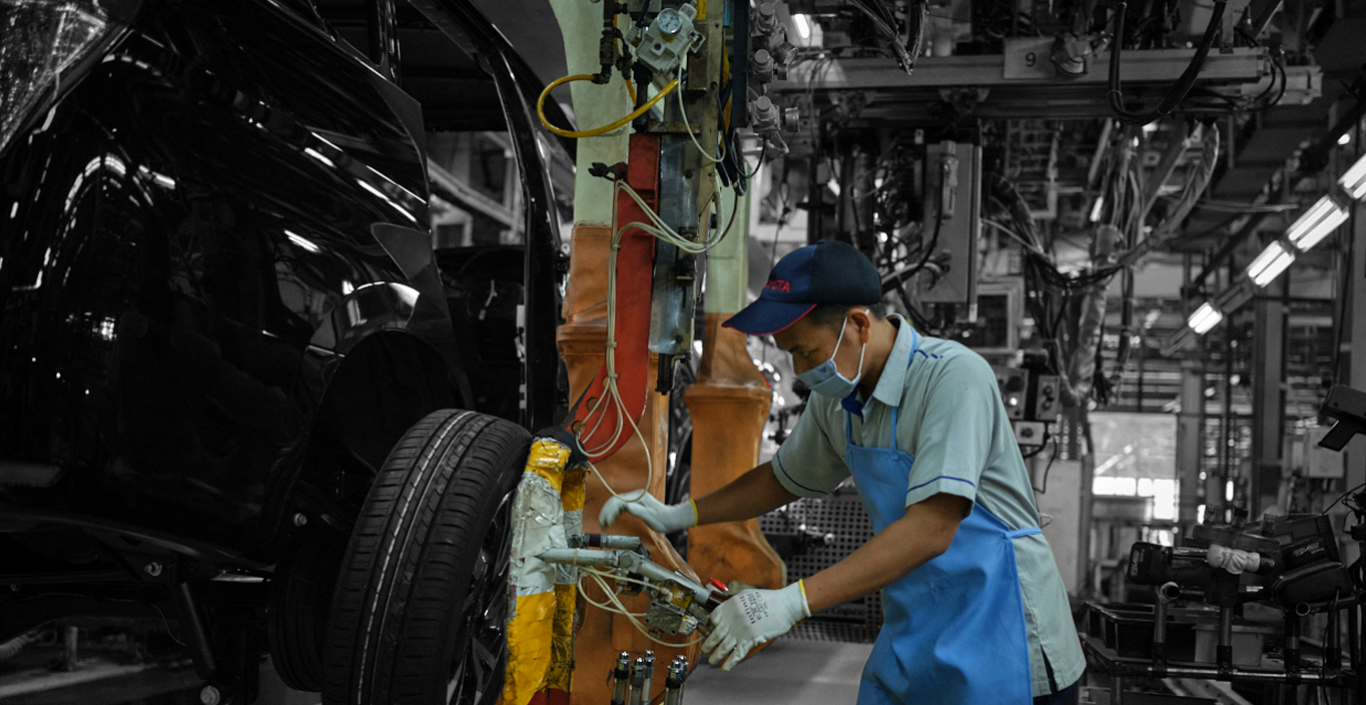Toyota Production System (TPS) is a production system based on the philosophy of eliminating all waste in order to achieve efficiency.
The Toyota Production System is a way of making things which is often referred to as the “Lean Manufacturing” or the “Just-in-Time (JIT)” system
which is well known and studied worldwide.
This production control system is based on continuous improvement with the objective of making the vehicles according to customer orders quickly and efficiently
in order to deliver vehicles as quickly as possible. TPS was established based on two concepts, namely “Jidoka” which can be interpreted as automation with a human touch,
such as when a problem occurs, the equipment will stop to prevent defect products; and the concept of “Just-in-Time” where each process only produces what is needed
for the next process. Based on these two concepts, TPS can produce vehicles quickly and efficiently one by one that can meet customer needs.
TPS and its approach to cost reduction are both a source of competitive strength and Toyota's unique advantage. For this reason, we continue to hone these strengths
as a whole for Toyota's business continuity going forward. Through TPS, we continue to develop our human resources to create ever-better cars
that will be cherished by customers.
TPS Jidoka
Jidoka means that the production machine must stop safely in the event of a problem. Jidoka requires building and development of the system independently by humans
so that the production system can work safely.
To achieve this, first the engineers carefully build each new line component by hand with exacting standards, then through Kaizen value (continuous improvement),
engineers continue to simplify production machine operations so that operators can produce the same product.
Once completed, the Jidoka mechanism is applied to the production line continuously and makes machine operation simpler and less expensive. Machine maintenance is also less costly and less time-consuming, allowing for simpler and more flexible production volumes.
The work done manually on the Jidoka mechanism is a manifestation of Toyota's resource engineering skills. We realize that craftsmanship can be achieved by applying the basic manufacturing principles possessed by Toyota engineers and applying them to machines to bring automation so that production machines can evolve for the better
through knowledge transfer carried out by engineers.
Toyota is committed to bringing ever-better cars to customers through its capabilities. We strive to maintain our dedication to continuously develop independent
human resources and implement Kaizen.
Basic Principles of Jidoka
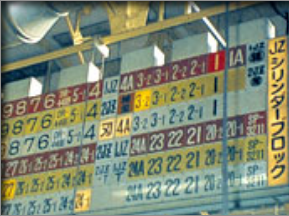 Operator Signals a Malfunction
Operator Signals a Malfunction
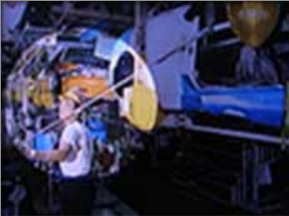 Malfunction Signaled Via the “Andon”
Malfunction Signaled Via the “Andon”
Just-in-Time ―Improving Productivity―
Making only "what is needed, when it is needed, and in the amount needed"
Toyota produces quality products efficiently by eliminating waste, inconsistencies, and unreasonable requirements generated in the production process (known in Japanese as muda, mura, muri).
In order to fulfill orders from customers as quickly as possible, We make vehicles efficiently in the shortest possible time by complying with the following
- When the vehicle order is received, the production request must be issued to the beginning of the vehicle production line as soon as possible.
- The assembly line must be stocked with the required number of all necessary parts so that any kind of vehicle requests from customers can be assembled.
- The assembly line must replace the used parts by retrieving the same number of parts from the parts-production process (the preceding process).
- The preceding process must be stocked with small numbers of all type of parts and produce only the number of spare parts that were retrieved by the operator in the next process.
Origin of the Toyota Production System
-A Production System Fine-Tuned Over Generations-
Roots of the Toyota Production System
The Toyota Production System was developed on the basis of eliminating total waste in order to achieve the most efficient method of Sakichi Toyoda's thinking starting with his own automatic
loom machine. TPS was developed through years of trials to improve efficiency based on the Just-in-Time concept developed by Kiichiro Toyoda as Founder and Second President
of Toyota Motor Corporation.
In this production process, waste can be manifest as excess inventory, ineffective production steps, product defects, and others. All of this “waste” eventually can increase inefficiency
and impact Toyota's management.
The automatic loom invented by Sakichi Toyoda started out manually and was later developed so that it can do the job automatically. The development carried out by Sakichi Toyoda can eliminate product defects and inefficiencies so that machine productivity increases, efficient, and works quickly.
Furthermore, Kiichiro Toyoda, who inherited this, re-developed production machines to achieve ideal conditions in creating value-added products without generating waste. To that end,
Kiichiro Toyoda developed a methodology and technique to eliminate waste during machine operation which is now referred to as the "Just-in-Time" method.
The thoughts of “Daily Improvements” and “Good Thinking, Good Products” made TPS develop into a world-famous production system. Currently all Toyota production divisions are constantly developing TPS to ensure this method can develop sustainably.
These developments make the spirit of Toyota Monozukuri (Making Something) or "Toyota Way" now adopted, both by Japanese companies, the automotive industry, and in production activities around the world.

Sakichi Toyoda (1867-1930)
Toyoda Power Loom equipped with a new weft-breakage automatic stopping device (developed in 1896). This machine become the world’s first automatic loom
with a non-stop shuttle-change motion, the Type-G Toyoda Automatic Loom (developed in 1924).
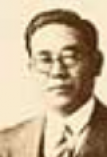
Kiichiro Toyoda (1894-1952)
Drawing on his experience of introducing a flow production method using a chain conveyor into the assembly line of a textile plant (completed in 1927) with a monthly production capacity of 300 units. Kiichiro Toyoda also introduced this method into the body production line at Toyota Motor Co., Ltd’s Koromo Plant (present day Honsha Plant), completed in 1938

Type-G Automatic assembly line.

Toyota Standard Sedan Model AA announced in 1936.

Eiji Toyoda (1913-2013)
By ensuring thorough implementation of Jidoka and the Just-in-Time method, Eiji Toyoda increased workers’ productivity by adding value and realized
the Toyota Production System, which enabled Toyota to compete head-on with companies in Europe and the U.S.

Taiichi Ohno (1912-1990)
With strong backing from Eiji Toyoda, Taiichi Ohno helped establish the Toyota Production System and built the foundation for the Toyota spirit of “Making Things”
by creating the basic framework for the Just-in-Time method.
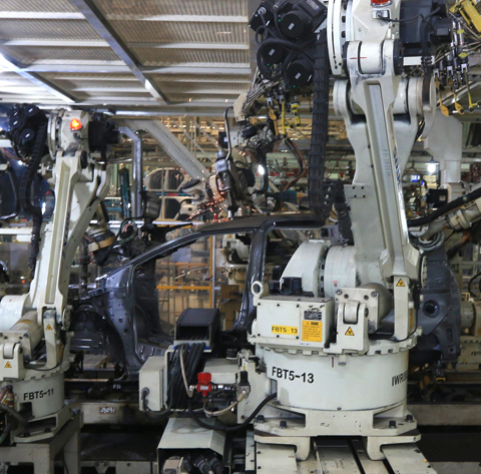
Toyota Production System Jishuken Kyuu Kai
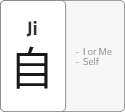
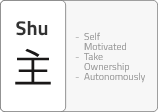
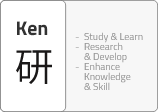
The term of Jishuken is taken from two Japanese words, namely Jishu and Kenkyu which means
"self-independent investigation" or the ability to investigate problems and make improvement plans/activities independently.
Jishuken is a form of training to ensure the skill transfer process and improvement
of the quality of resources carried out by Toyota, both internally and to all suppliers in the implementation
of the Toyota Production System.


